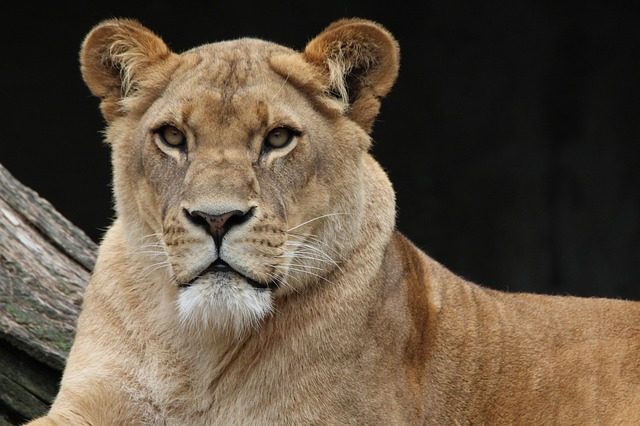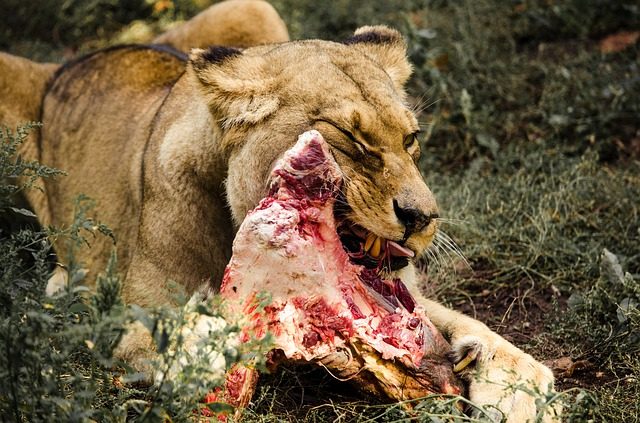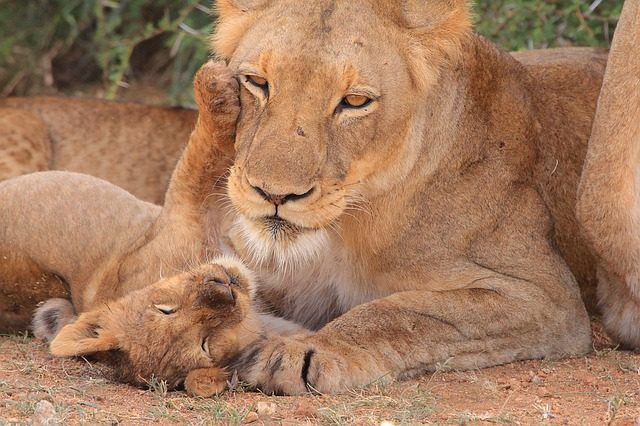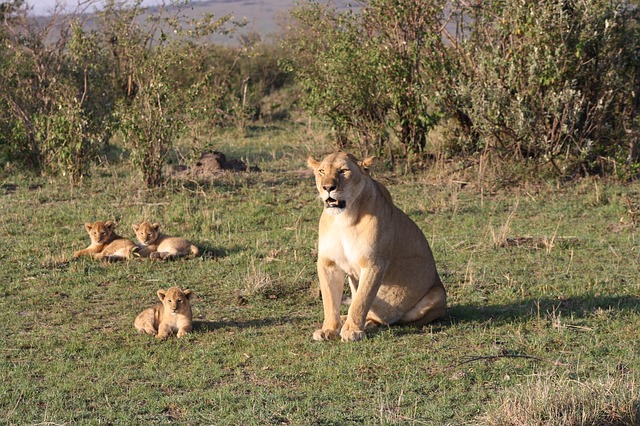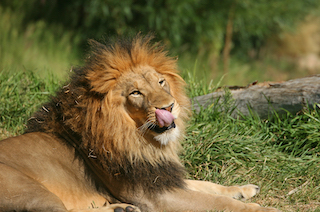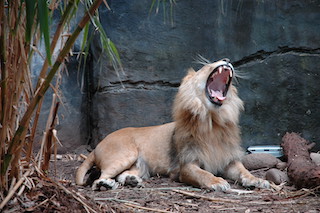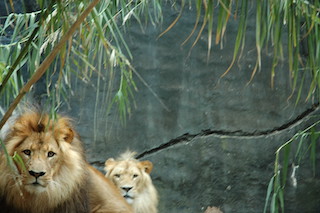Obligatory Familial Duties Of A Lioness
A female lion is called lioness. They are more agile and smaller than males. They primarily do the hunting for the group and take care of the offspring.
Hunting for food
Do not read this section if you are an animal lover or an animal activist. Also, sales people who cannot take a joke should not read further because they spend their entire day doing what lions are good at – hunting. One hunts for business while the other for food. You can pretty much guess which one is which and who does what.
Kill at night
Lions are not the best hunters in their ecosystem although they are the largest. They survive because they hunt in groups. Lions only kill when they are starving. Due to better chances of seeing the prey as well as the heat, they do the hunting during the night. Hunting usually takes place between dusk and dawn, and they prefer moonless nights. Lions are nocturnal and have terrific night vision, and this gives them a distinct advantage over the prey when hunting at night. Their best statistical chance is when they stumble across a victim and catches it by surprise.
Females more camouflaged
Females do 90 percent of the hunting, but the males unfairly take the lion’s share, as the saying goes. The beautiful tawny colored female cats blend in perfectly well with the vegetation of their surroundings, helping them to stalk the prey. A male lion, on the other hand, is larger and has a prominent and conspicuous mane around its neck that can be easily spotted by potential prey.
Smart team tactics
The way the lionesses hunt is fascinating and sometimes even sad to watch. It is certainly not an amusing sight to the animal lovers. A lone lion finds it difficult to catch a prey because the prey they choose to kill is usually faster and nimbler than the lions and can easily outrun a single lion. So, to increase their success rate, they hunt together using teamwork and smart tactics to bring it down. They form hunting parties to attack the fast animals found in the savannahs. Interestingly, the group organizes the hunting methods very well in a scientific and ruthless manner. Their technique and skill are highly commendable for its complexity and precision. They work cooperatively to attack the prey by forming two groups. Each lioness develops her unique role contributing to the success of killing the animal. Some lessons for the sales people, perhaps!
Younger lion group
The first group consists of younger lions. Fanning out along a broad front or forming a semicircle with the smaller lionesses, they creep up and stalk the prey stealthily and herd it towards the center of the arc they have formed. Now they are ready to make the kill.
Stronger female group
The second group consists of the stronger females who wait in ambush. Once within striking distance of at least 30 meters, they spring upon the prey, bite the neck or throat using their sharp teeth and needle-sharp claws and knock down the animal. Sometimes, they jump on unsuspecting animals coming at a waterhole for a drink. The most frequently used method is suffocation by crushing its windpipe while biting the victim’s throat.
Attacking large prey
If it is a large animal, the lion attacks at an oblique angle before throwing one paw over the shoulder. Then it uses its strength and weight to pull down the quarry. One of them in the group will clamp its mouth over the prey’s nose and mouth while others hold it down and open the abdomen. It is not unusual to see the team starting the meal even while the victim is suffocating, which often kills the animal quicker than the suffocation does.
Lucky to escape
They kill about up to 30 big animals annually. Because about two third of hunts are unsuccessful, lions may go days without eating. If the prey escapes before the attack, the lioness will not chase for long. This lack of endurance has given the animals a notorious reputation for being the laziest among the big cats. And the escaped animal, in most cases, would later die from the lacerations inflicted by the deadly claws of the lions. The king of the jungle also hunts individually to bring down small game like birds, reptiles, and rabbits.
Raising of cubs
Lionesses give birth starting at the age of four. A female won’t get pregnant until 2 years after her last delivery. At the end of the gestation period, which lasts for 105 days, the female leaves the pride to a sheltered and isolated area and give birth to 2 to 4 cubs at a time.
Fully dressed cubs
The newborns weigh about 3 pounds each and are born with a soft wooly pale brown or grayish-yellow coat variously marked with stripes or spots on their back, legs, and face and continue to have them for the first five months. The spots act as camouflage, blending them with the surroundings to make them invisible in long grass or bushes. They are born completely helpless and can only open their eyes after about ten days. They start walking after 10 to 15 days. Cubs are extremely playful but are hidden away from the rest of the pride for several weeks by the mothers either in a cave or dense cover. When they are one to two months old, the moms introduce them to the rest of the pride.
Communal nursing arrangement
Usually, 2 or more lionesses in the group give birth synchronically. So, moms can go out and hunt while other mothers babysit and raise each other’s cubs communally with no prejudice towards their own. A female will permit the young other than her own to suckle. Thus, a female lion may nurse young baby lions of different sizes and ages. They nurse them for the first 10 months after birth. Cubs have the best bet of survival when several of them are born almost simultaneously because the grown-ups can raise all their offspring in a nursery. The babies depend on their mothers until they are 16 months old. Females continue to give birth every 2 years and carefully nurture the young when food is in abundance. If not, they may neglect or abandon them. And there ends the duties of a lioness.
5 Frequently Asked Questions About The Role Of Lioness
To receive a colourful digibook about lion with videos, images and text, please fill out the following form or simply email us on safaris@safari-center.com

